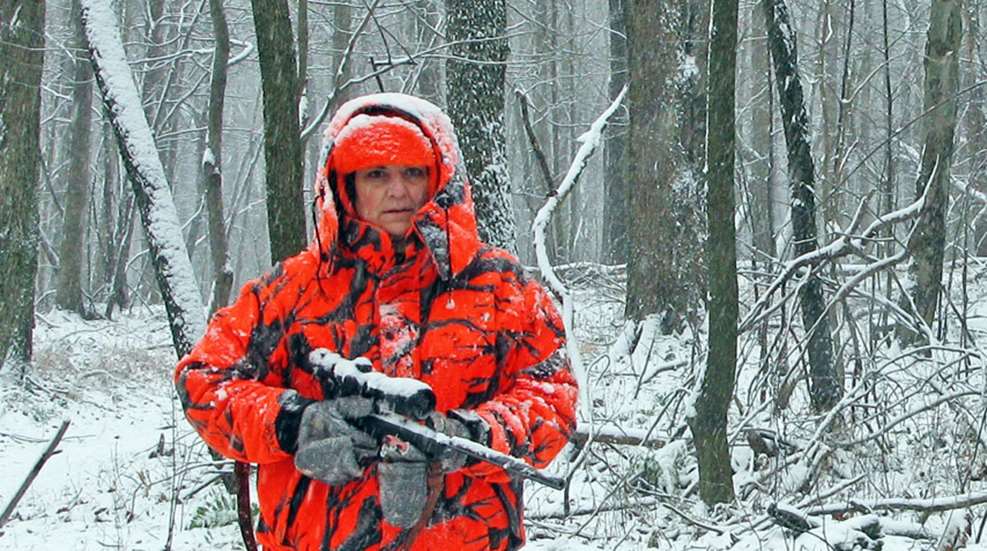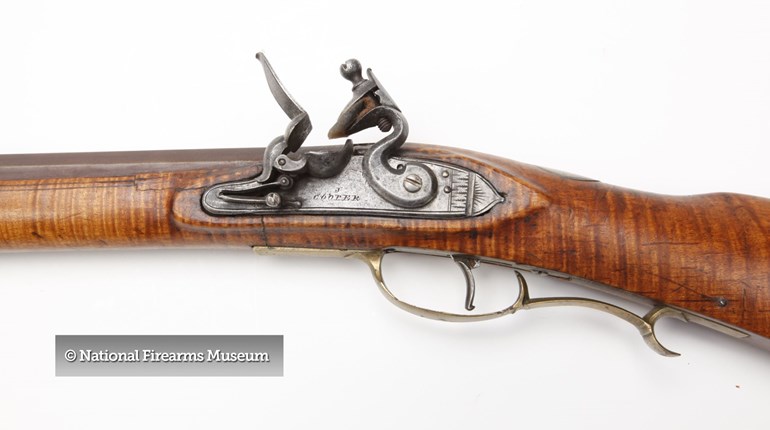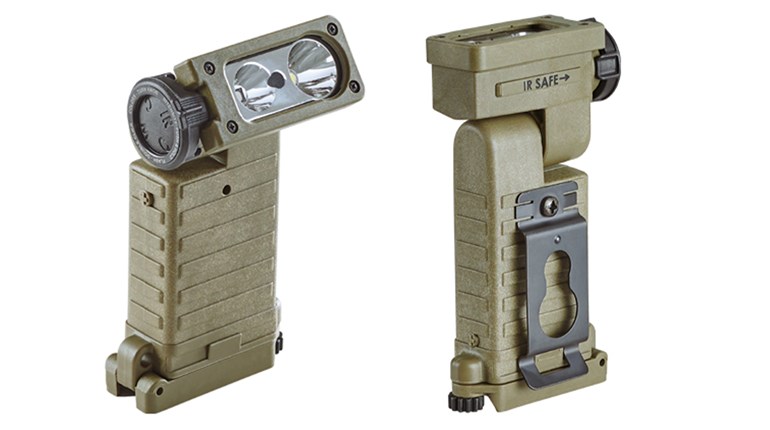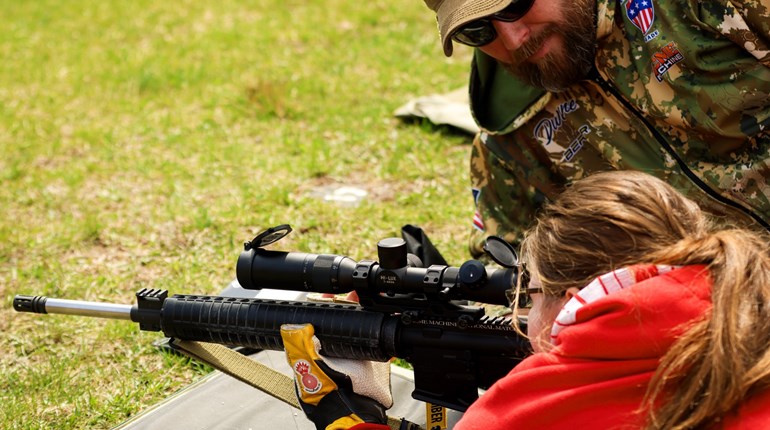
As hunters, we usually pursue game in cold weather. That is especially true for deer, elk, rabbits, coyotes, etc. Due to such weather, we have to tackle two problems: keeping ourselves warm and dry and winterizing our equipment. Remember, our safety is number one so I will first cover that aspect. To begin, our primary consideration should be our core body temperature. To stay healthy, we need to avoid letting our temperature drop into what could be hypothermic ranges, specifically below 95 degrees Fahrenheit. A key factor here is to stay dry! Most hypothermia deaths are caused by heart failure. To avoid problems, here are some tips on how to stay warm!
1. Always Cold?
If someone is always cold, that could be from a medical condition as anemia, anorexia, hypothyroidism, diabetes, etc. and even due to some medications. If this is you, I would suggest mentioning this to your physician so if there is a problem, it can be corrected. Hunting usually takes place in cold weather so if you are "always cold," check it out since there may be a medical fix.
2. Clothing Considerations:
Here is the double-edged-sword problem to staying warm. When we move a lot in cold weather, our body puts out heat, which can cause sweating. Yet to stay warm, we wear insulating clothing to keep the heat in and therefore our body temperatures within a normal range. Now what happens is that when you sweat, that moisture needs to be vented and if not, your clothing becomes wet from within. With that, the clothing’s insulating properties are diminished, which reduces its effectiveness...and now we become chilled. To avoid this trap, walk slowly, stop for breaks and open your jacket to eliminate body heat when moving, heat that could be building up. Then when sitting, zipper it up!
3. Keep Your Head Warm:
A lot of heat is lost from our head so take a good hat with ear protection. This may sound like overkill, but I've had a lot of success donning electronic shooting muffs over my hat. They work as a safety measure (protecting our hearing from a blast), allow us to hear better what is around us, and you would be surprised just how much they act to keep the ears warm.
4. Boots and gloves:
When it comes to boots, make sure they are water-proofed, so water does not get our feet wet. If your feet get wet, you will start to cool down. Concerning gloves, I like the "glo-mitts" that offer a slit in the middle so we can easily slip our warm fingers out to take that shot.
5. Careful What you Drink:
In one hunter education class when I was covering outdoor injuries, I was asked by a young hunter about alcohol to warm you up as per what he saw in a movie. My first response was that there are a lot of misconceptions associated with many movies, so be careful of what may not be facts. Then I stated that no alcohol should be used when hunting or even when hiking in cold weather. I suppose a lot of this comes from TV programs; when someone who is shivering takes a swig from a flask and states “I feel a lot warmer now.” And sure, you will! The fact is that with alcohol in the system, blood vessels dilate. With that increase in vessel diameter, heat is drawn away from the bodies’ vital organs and now, heat is lost even faster...so nothing but a temporary feeling of warmth was accomplished. This is why a thermos with hot water or chocolate milk is a better choice. You also do not want to become dehydrated since that can contribute to getting colder faster. Hot coffee is also okay, but remember that it is a diuretic—which contributes to you having to expel fluid.
6. Snacking is Good:
I recommend carrying a protein bar and small sandwich to munch on, since eating will boost metabolism...which contributes to warming.
7. Don't Forget Firestarters:
Most everyone I have hunted with carries spare Kleenex and some sort of fire starter. If you become lost, put some Kleenex, cotton balls or dryer lint under some small dry twigs and light it to get a fire started.
8. Gear:
For years, before cold-weather hunts, I have been using a solution marketed as Dun-kit—which is a cleaner. When parts are soaked in it, this solution also coats my gear with a fine layer of an oily substance which also slickens-up the parts in the bolt or action. After soaking for about a half hour or so, I shake it off, dry it and let it stand until the next day so to let any solution left run off. Now if extremely cold, my firearms' moving parts will not be affected.
9. Keep off the Ground:
If the woods are snow-covered, we take with us a small and light stool to put against a tree which gives our backs some support and keeps our bottoms dry. Also when sitting comfortably, we are not shutting off circulation which can contribute to feeling colder.
Stay warm and when you need to squeeze the trigger, it will work well. Just keep an eye on how much you're sweating when packing out your game. Safe Hunting!






































